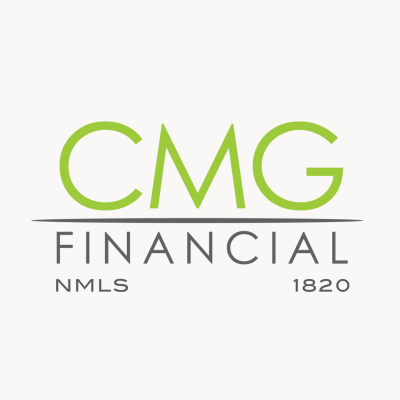
0 Followers
857 Views
CMG Financial
0 Followers
857 Views
CMG Financial is a well-capitalized, privately held mortgage-banking firm founded in 1993. The company makes its products and services available to the market through three distinct origination channels including Correspondent Lending, Wholesale Lending and Retail Lending.
CMG Financial is currently licensed in all 50 states, including the District of Columbia, and holds federal agency lending approvals with HUD, VA, RHS, GNMA, FNMA and FHLMC. Throughout the mortgage banking and housing markets, CMG Financial is widely known for responsible lending practices, industry and consumer advocacy, product innovation, and operational efficiency.
Contact Info
****.****@****.***
+1-***-***-****
3160 Crow Canyon Road Suite 400, San Ramon, CA 94583